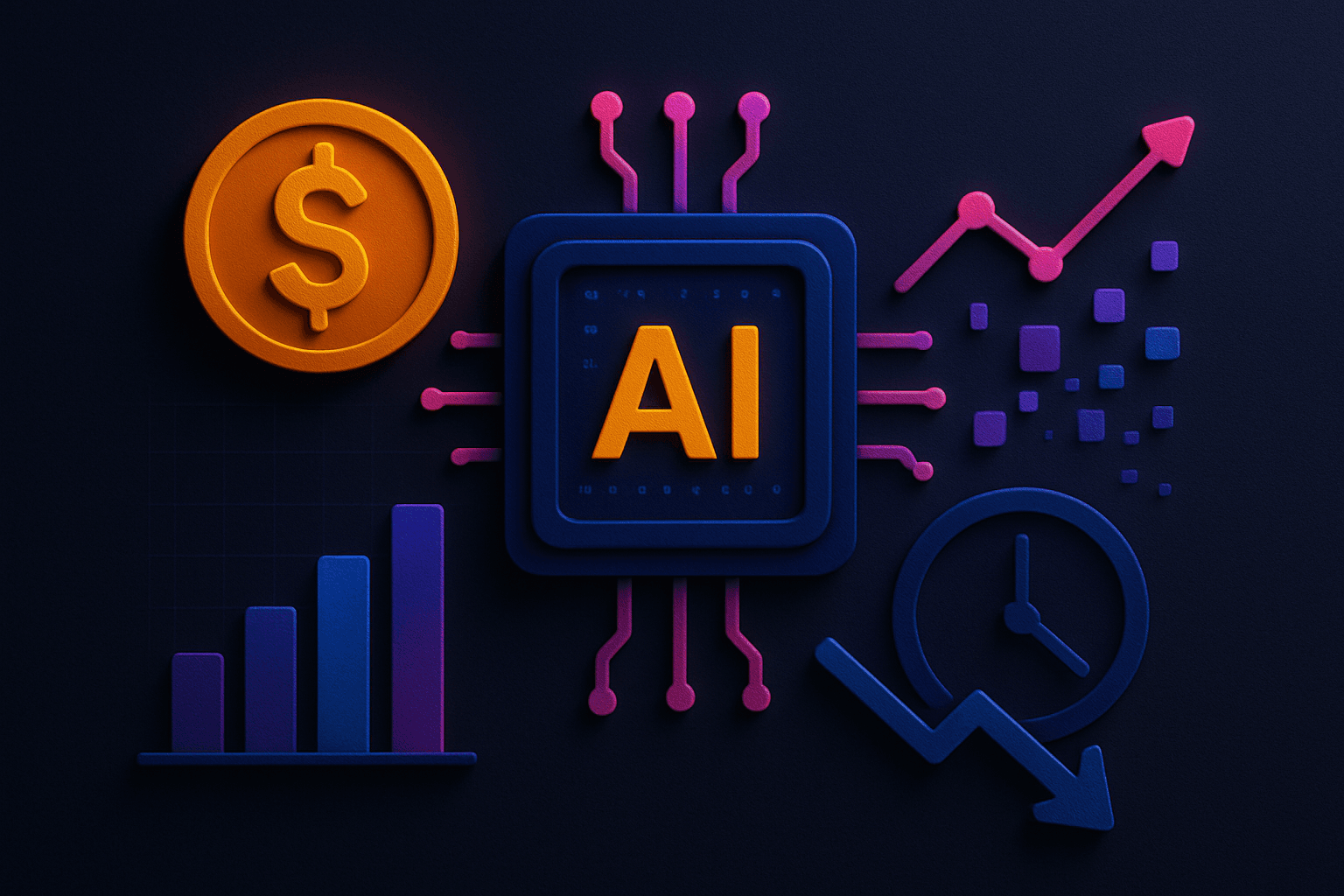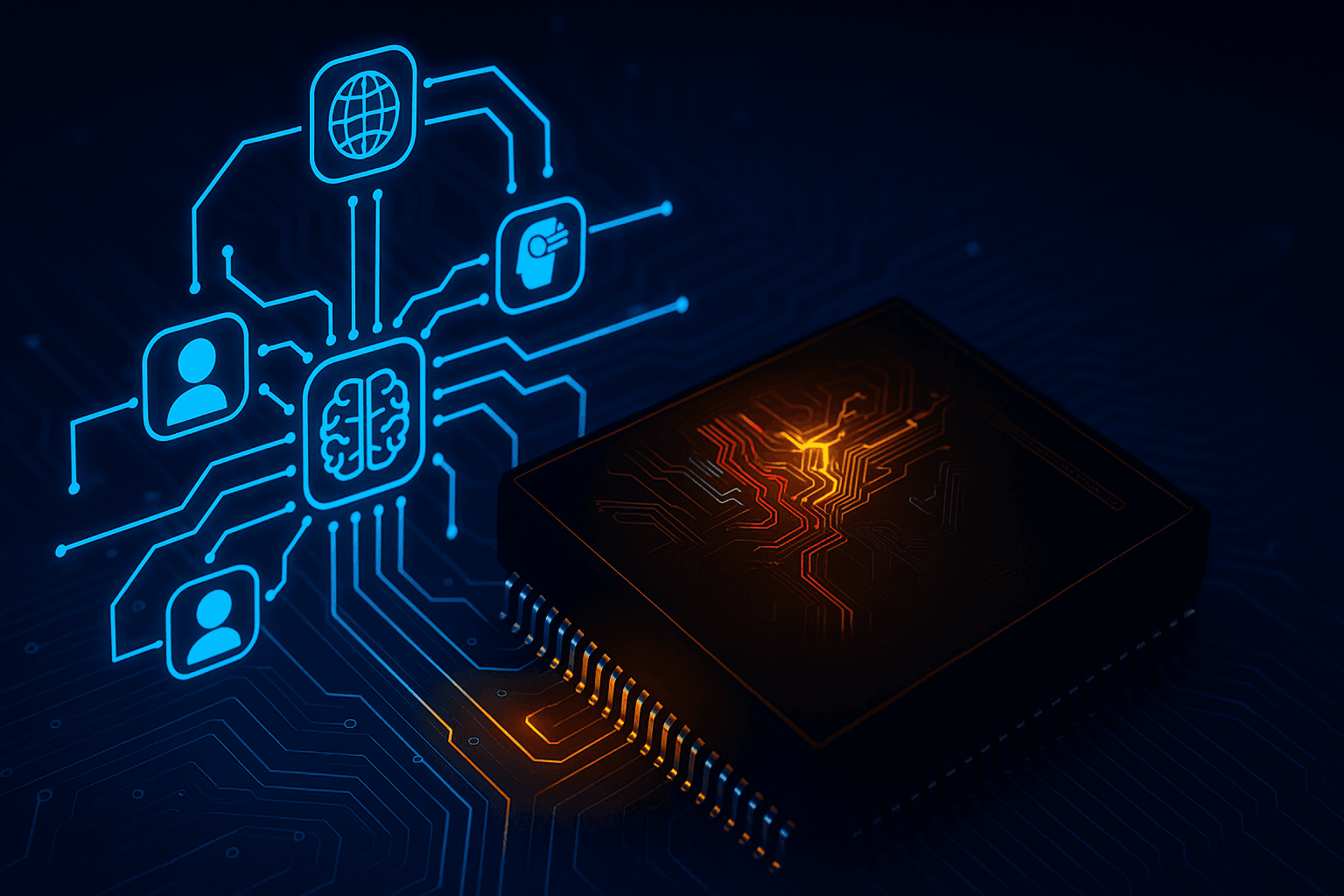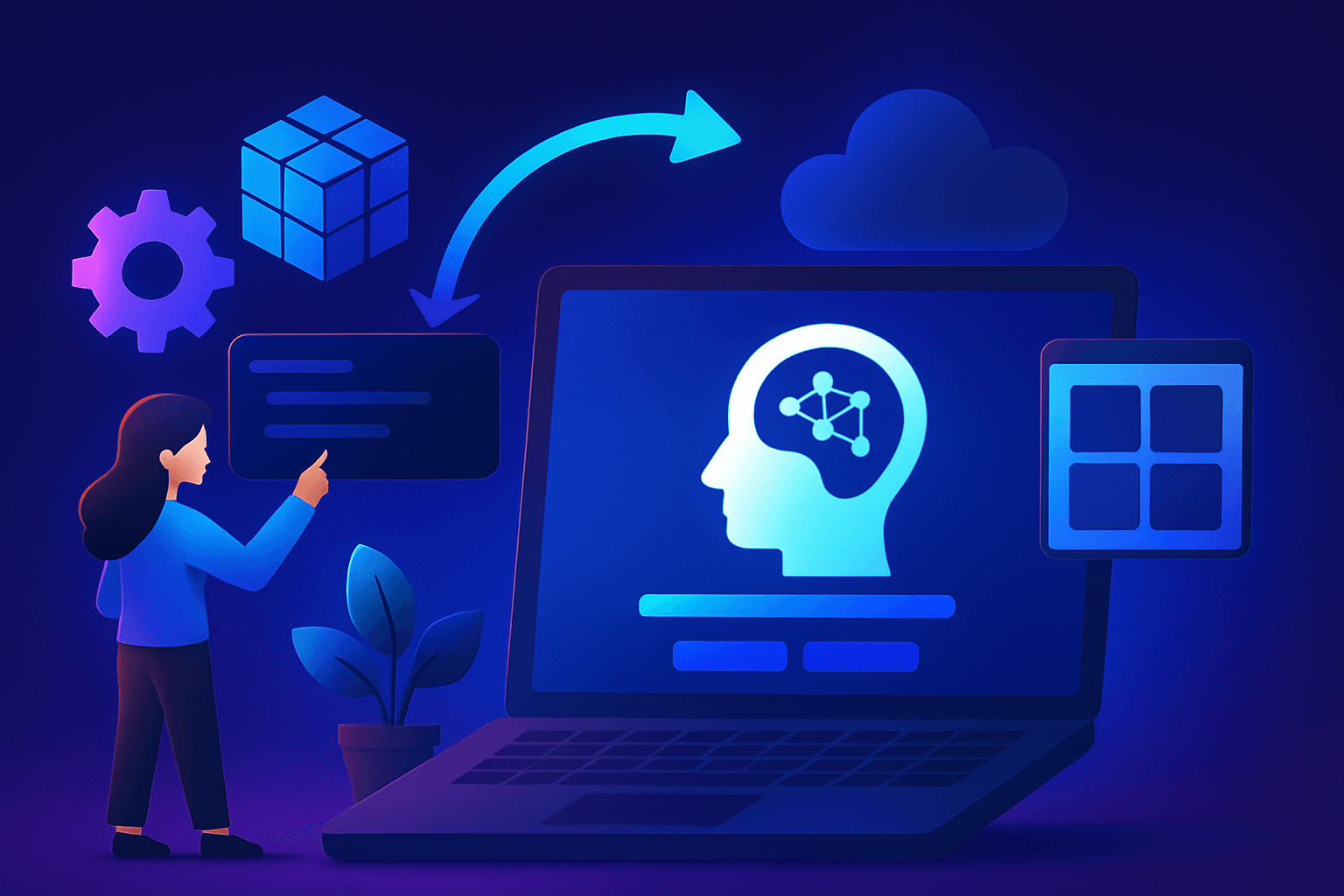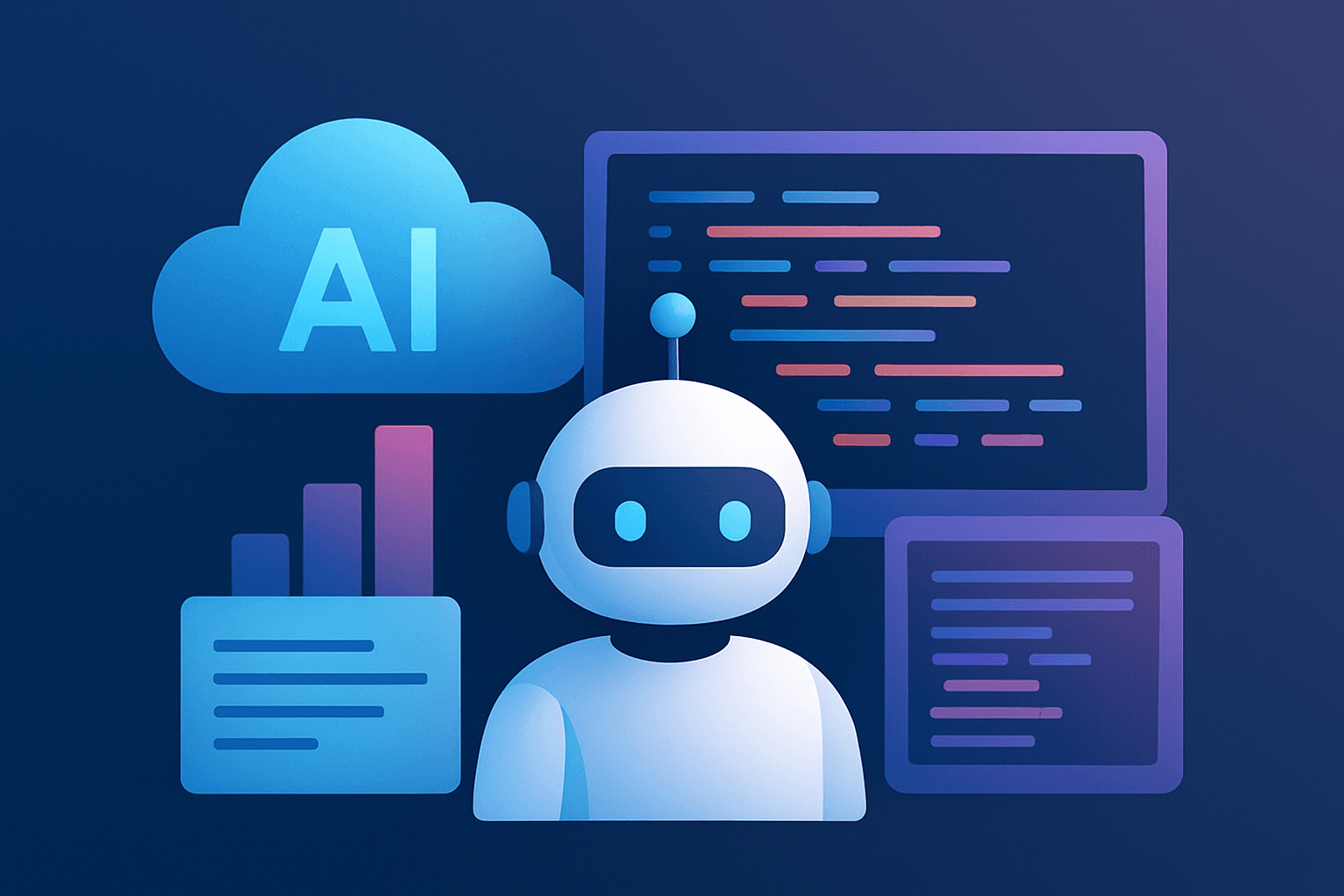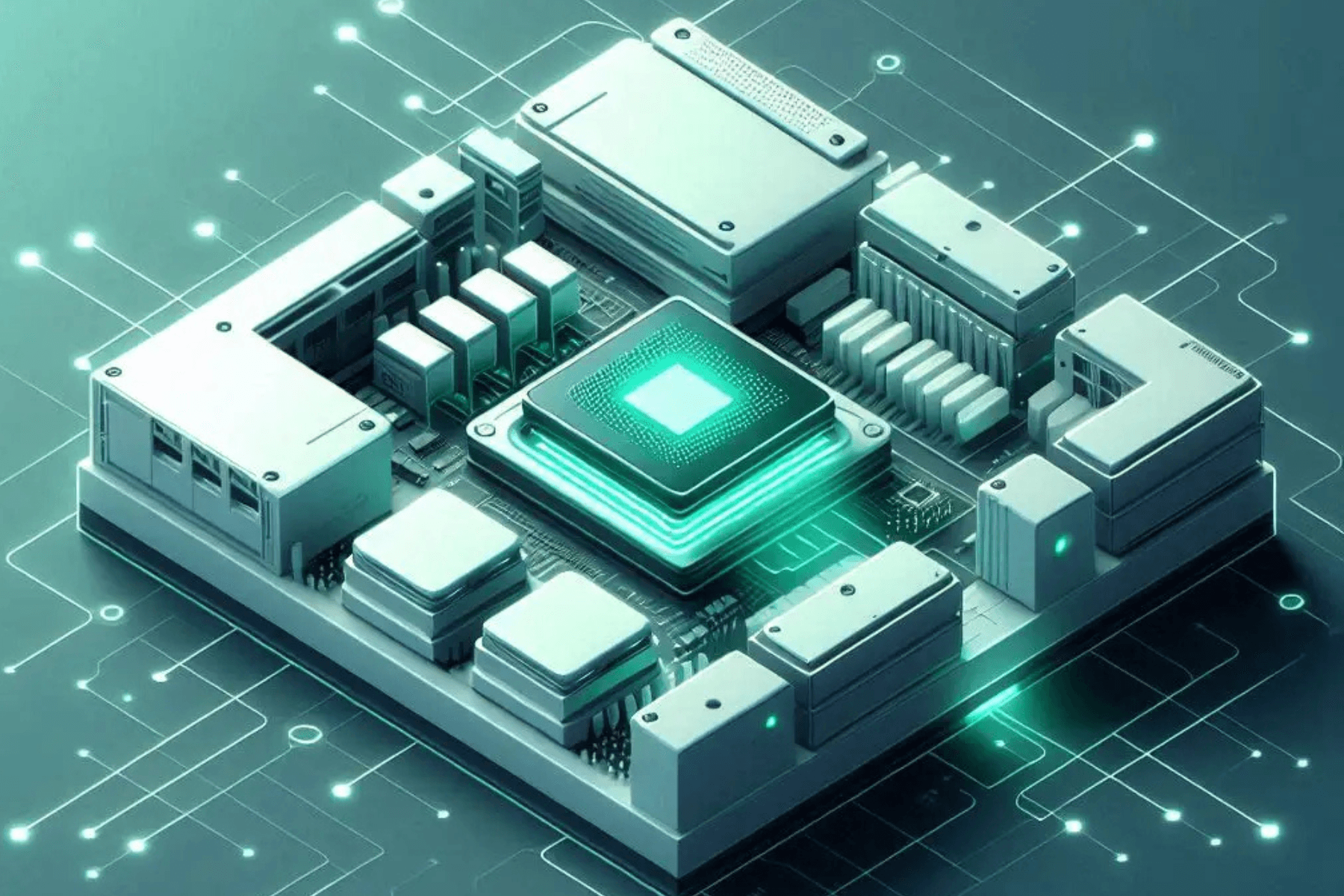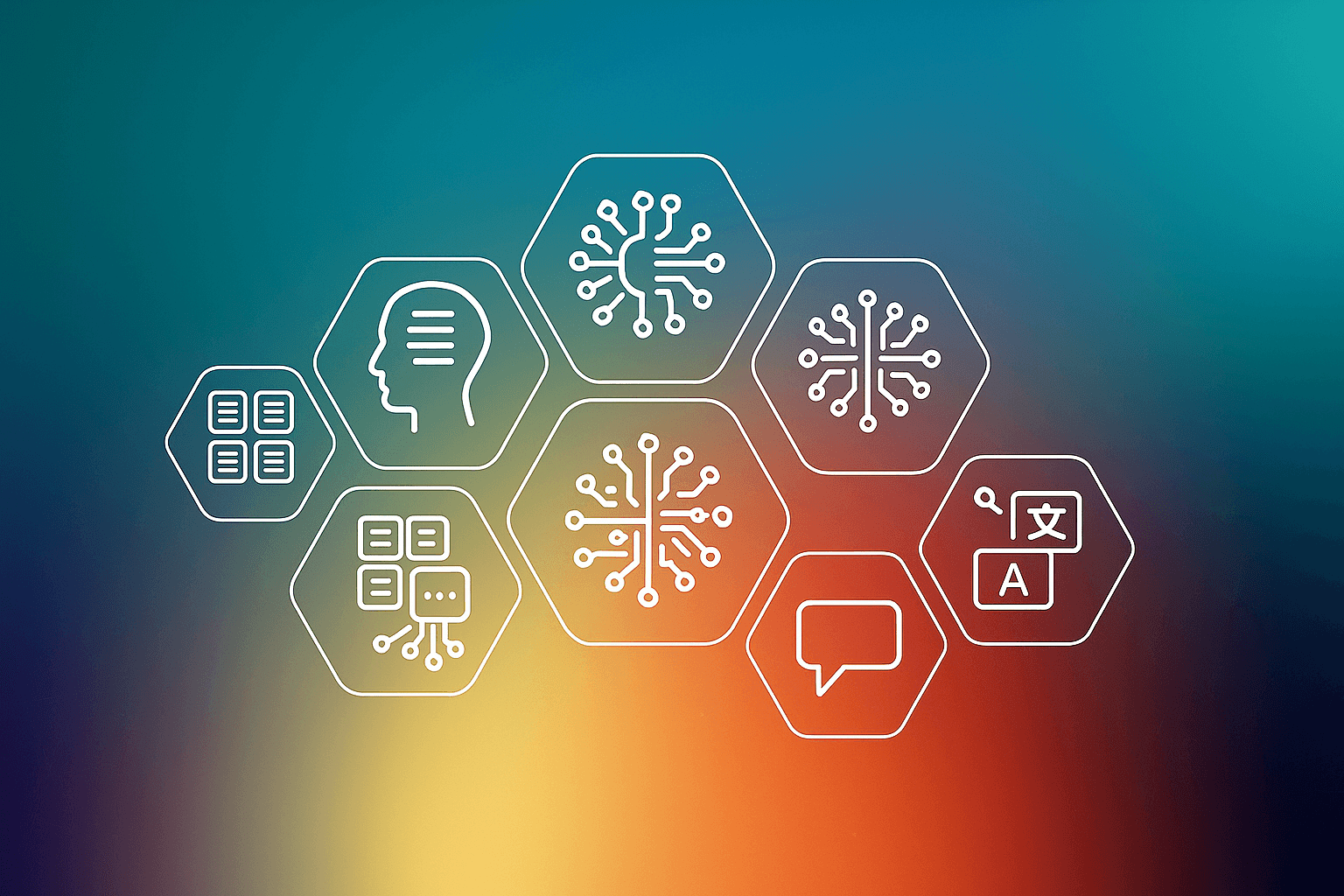We had an incredible lineup of people from various industries ranging from education to healthcare for our startup demos, fireside chat, and speeches.
We had a series of start up demos from several businesses who demonstrated the functionalities of their products giving an insight into how AI is rapidly making its way into every industry and helping them make strides.
Fireside Chat
During the fireside chat, audience members gained valuable insights from Mr. Nitin Sharma, General Partner & Co-Founder at Antler India, in a session moderated by Mr. Arko Chattopadhyay, Co-Founder & CEO of Xylem.ai.
The discussion revolved around the emerging trends in AI-first companies in India. Nitin observed that India is on the brink of a significant increase in such companies, noting their strategic positioning. A notable trend he mentioned is the rise of co-pilots in various organizational roles, which are geared towards enhancing task automation and productivity.
He also emphasized the crucial role of domain expertise in the success of startups. He pointed out that while a founder's background is important, a deep understanding of the domain, consumer behavior, and specific use cases is even more critical. This is particularly true for startups focusing on specific sectors, where an in-depth knowledge of customer needs at a granular level is key to scalability.
He also discussed the differences in business approaches between India and the US. In India, the tendency has been more relationship-driven, while in the US, it's largely value-driven. Nitin advised Indian founders to focus more on the intricacies of their product, including features and user interfaces, and to conduct thorough comparisons with competitors. He believes that a detailed understanding of their product boosts founders' confidence in presenting it to potential investors and customers.
Regarding his investment strategy, Nitin shared that he and his team spend considerable time understanding the mindset of founders, exploring their motivations and commitment to their venture. He places a high value on resilience, looking for founders who have the ability to learn from failures and adapt quickly. This approach is aimed at identifying entrepreneurs who have demonstrated the capacity to evolve through challenges.
The insights from his talk provide a clear perspective on the factors influencing the Indian startup landscape, offering valuable guidance to both emerging entrepreneurs and investors.
Speeches by Leaders
Mr. Tanuj Bhojwani, Head of People+AI, took the stage to discuss the mission of bringing together diverse minds to shape the future of AI that benefits all. Highlighting projects aiming to demonstrate and shape promising AI futures in India, he introduced "Adbhut India," a strategy manifesto with design principles to create an extraordinary India with AI.
You can view the presentation here.
Next on the agenda was a compelling talk by Mr. Saurabh Karn, (Founder of Samta Law, Acquired by Sarvam.ai), an organization that focuses on building software tools to assist lawyers in managing large volumes of data. Saurabh delved into the challenges faced in the legal domain, including knowledge management and issue framing, and discussed AI-driven solutions, emphasizing the transformative potential of technology in the legal sector.
You can view the presentation here.
Startup Demos
The event began with a dynamic demonstration by Mr. Sreegith from SIPSNITYA who delved into the platform’s offerings of versatile Academic Management solutions, catering particularly to educational institutions with features like attendance tracking, fee collections, exam management, and digital assignment/project management.
Saranraj C from Nextbrain Technologies showcased Nextbrain’s expertise in delivering tailored business solutions on a global scale. With a successful track record of servicing over 150+ projects, they continue to excel in their commitment to impactful services.
The day continued with two more engaging startup demos. Srijith Radhakrishnan from Garuda shared his insights about how Garuda is revolutionizing healthcare through artificial Intelligence while Sanal Mohammed from BzAnalytics, a global IT consulting and product development company, provided a glimpse into their collaborative ventures advancing businesses through technology-driven solutions.
